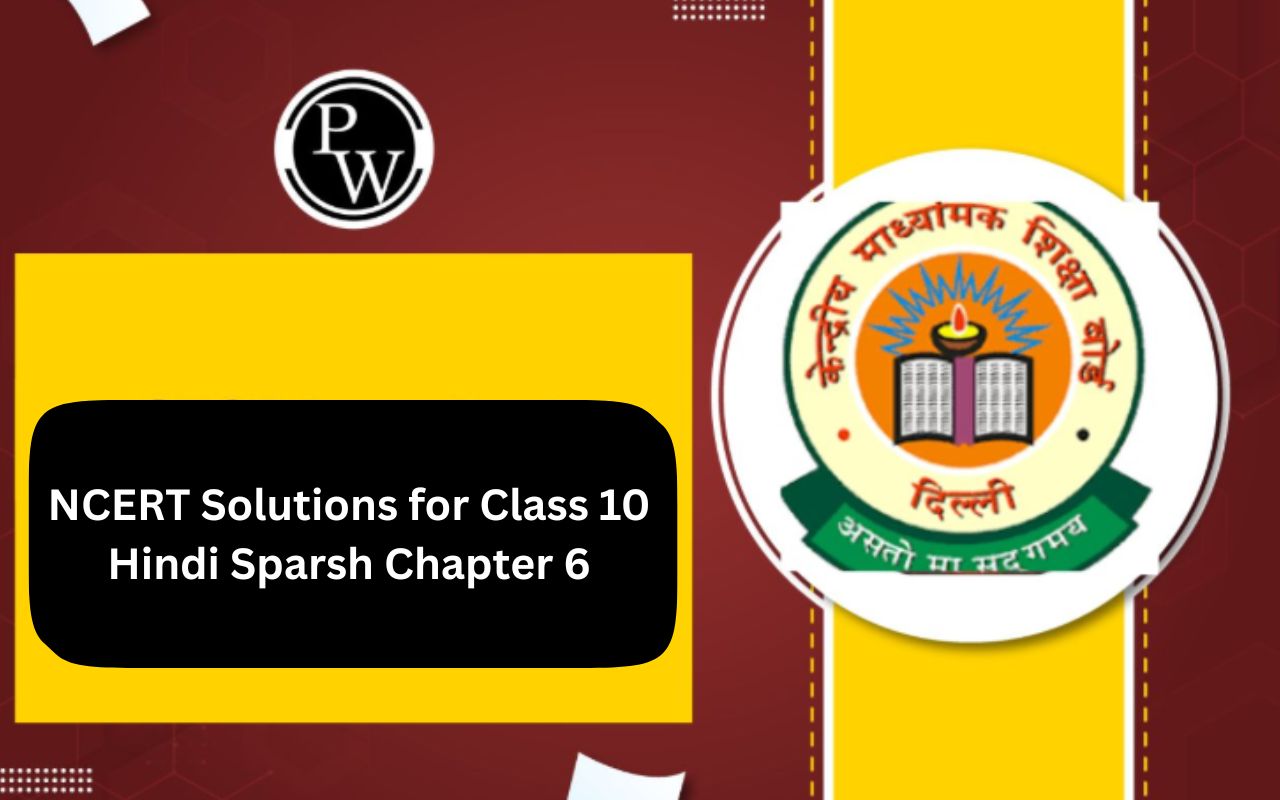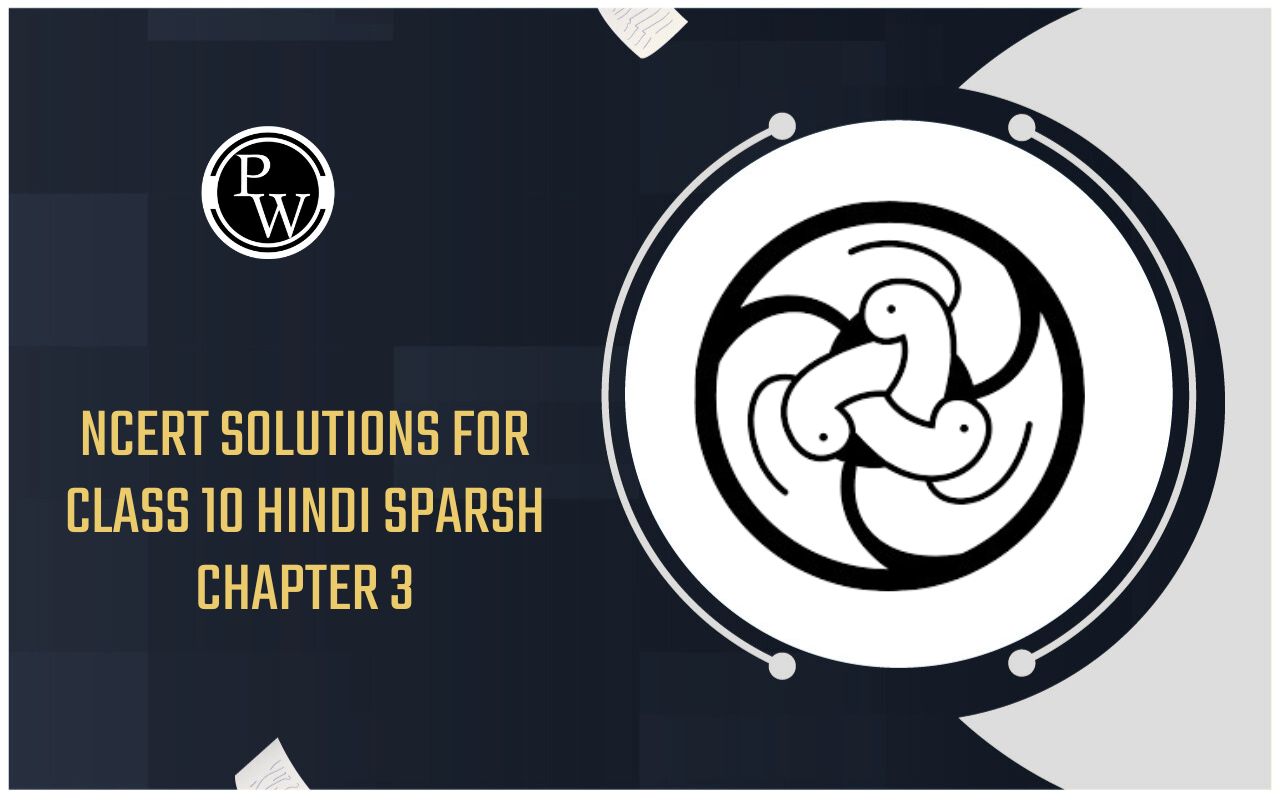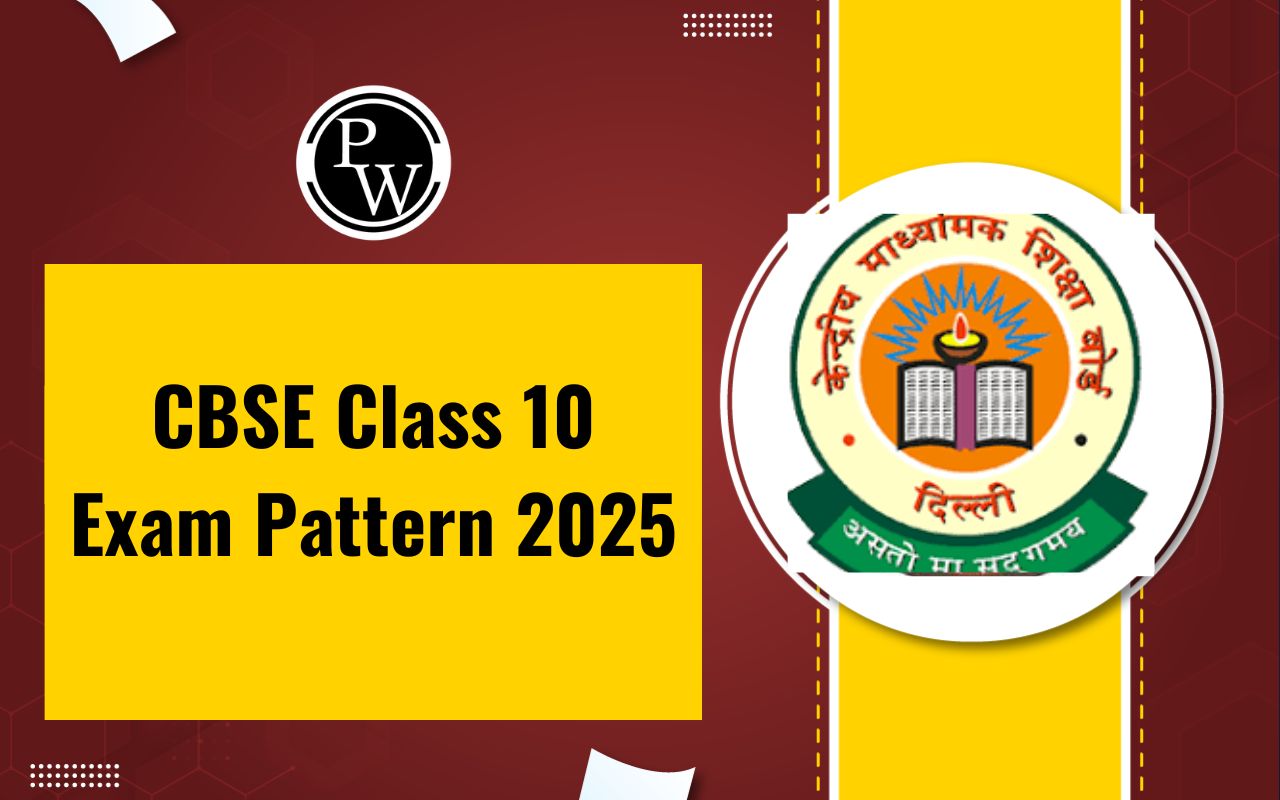
RD Sharma Solutions Class 10 Maths Chapter 8 Exercise 8.1: Chapter 8 of RD Sharma's Class 10 Maths focuses on Quadratic Equations, a fundamental topic in algebra. Exercise 8.1 introduces the basic concepts of quadratic equations, including their standard form.
It emphasizes identifying quadratic equations and distinguishing them from other algebraic expressions. Students practice converting equations into standard form and verifying whether a given equation is quadratic. This exercise lays the groundwork for solving quadratic equations through various methods covered in subsequent exercises. It strengthens conceptual understanding and prepares students for advanced problem-solving.RD Sharma Solutions Class 10 Maths Chapter 8 Exercise 8.1 Overview
RD Sharma Solutions Class 10 Maths Chapter 8 Exercise 8.1 Quadratic Equations explores methods to solve quadratic equations, fundamental to understanding algebra. Exercise 8.1 introduces the concept of quadratic equations, helping students identify and frame them in the standard form. This chapter is critical as it lays the foundation for advanced algebra and real-life problem-solving, such as motion and optimization scenarios. Practicing these solutions enhances analytical thinking, equation-solving skills, and prepares students for competitive exams. The step-by-step explanations in RD Sharma strengthen conceptual clarity, making it an indispensable resource for mastering this topic.RD Sharma Solutions Class 10 Maths Chapter 8 Exercise 8.1 PDF
Below, we have provided the RD Sharma Solutions for Class 10 Maths Chapter 8 Exercise 8.1 Quadratic Equations in PDF format for easy access. These solutions offer step-by-step explanations for solving quadratic equations, covering important concepts and techniques. Students can download the PDF to strengthen their understanding and practice effectively for exams.RD Sharma Solutions Class 10 Maths Chapter 8 Exercise 8.1 PDF
RD Sharma Solutions Class 10 Maths Chapter 8 Exercise 8.1 Quadratic Equations
Below is the RD Sharma Solutions Class 10 Maths Chapter 8 Exercise 8.1 Quadratic Equations -1. Which of the following are quadratic equations?
(i) x 2 + 6x – 4 = 0
Solution:
Let p(x) = x 2 + 6x – 4, It’s clearly seen that p(x) = x 2 + 6x – 4 is a quadratic polynomial. Thus, the given equation is a quadratic equation.(ii) √3x 2 – 2x + 1/2 = 0
Solution:
Let p(x) = √3x 2 – 2x + 1/2, It’s clearly seen that p(x) = √3x 2 – 2x + 1/2 having real coefficients is a quadratic polynomial. Thus, the given equation is a quadratic equation.(iii) x 2 + 1/x 2 = 5
Solution:
Given, x 2 + 1/x 2 = 5 On multiplying by x 2 on both sides, we have, x 4 + 1 = 5x 2 ⇒ x 4 – 5x 2 + 1 = 0 It’s clearly seen that x 4 – 5x 2 + 1 is not a quadratic polynomial as its degree is 4. Thus, the given equation is not a quadratic equation.(iv) x – 3/x = x 2
Solution:
Given, x – 3/x = x 2 On multiplying by x on both sides, we have, x 2 – 3 = x 3 ⇒ x 3 – x 2 + 3 = 0 It’s clearly seen that x 3 – x 2 + 3 is not a quadratic polynomial, as its degree is 3. Thus, the given equation is not a quadratic equation.(v) 2x 2 – √(3x) + 9 = 0
Solution:
It’s clearly seen that 2x 2 – √(3x) + 9 is not a polynomial because it contains a term involving x 1/2 , where 1/2 is not an integer. Thus, the given equation is not a quadratic equation.(vi) x 2 – 2x – √x – 5 = 0
Solution:
It’s clearly seen that x 2 – 2x – √x – 5 is not a polynomial because it contains a term involving x 1/2 , where 1/2 is not an integer. Thus, the given equation is not a quadratic equation.(vii) 3x 2 – 5x + 9 = x 2 – 7x + 3
Solution:
Given, 3x 2 – 5x + 9 = x 2 – 7x + 3 On simplifying the equation, we have 2x 2 + 2x + 6 = 0 ⇒ x 2 + x + 3 = 0 (dividing by 2 on both sides) Now, it’s clearly seen that x 2 + x + 3 is a quadratic polynomial. Thus, the given equation is a quadratic equation.(viii) x + 1/x = 1
Solution:
Given, x + 1/x = 1 On multiplying by x on both sides we have, x 2 + 1 = x ⇒ x 2 – x + 1 = 0 It’s clearly seen that x 2 – x + 1 is a quadratic polynomial. Thus, the given equation is a quadratic equation.(ix) x 2 – 3x = 0
Solution:
Let p(x) = x 2 – 3x, It’s clearly seen that p(x) = x 2 – 3x is a quadratic polynomial. Thus, the given equation is a quadratic equation.(x) (x + 1/x) 2 = 3(x + 1/x) + 4
Solution:
Given, (x + 1/x) 2 = 3(x + 1/x) + 4 ⇒ x 2 + 1/x 2 + 2 = 3x + 3/x + 4 ⇒ x 4 + 1 + 2x 2 = 3x 3 + 3x + 4x 2 ⇒ x 4 – 3x 3 – 2x 2 – 3x + 1 = 0 Now, it’s clearly seen that x 4 – 3x 3 – 2x 2 – 3x + 1 is not a quadratic polynomial since its degree is 4. Thus, the given equation is not a quadratic equation.(xi) (2x + 1)(3x + 2) = 6(x – 1)(x – 2)
Solution:
Given, (2x + 1)(3x + 2) = 6(x – 1)(x – 2) ⇒ 6x 2 + 4x + 3x + 2 = 6x 2 -12x – 6x + 12 ⇒ 7x + 2 = -18x + 12 ⇒ 25x – 10 = 0 Now, it’s clearly seen that 25x – 10 is not a quadratic polynomial since its degree is 1. Thus, the given equation is not a quadratic equation.(xii) x + 1/x = x 2 , x ≠ 0
Solution:
Given, x + 1/x = x 2 On multiplying by x on both sides, we have, x 2 + 1 = x 3 ⇒ x 3 – x 2 – 1 = 0 Now, it’s clearly seen that x 3 – x 2 – 1 is not a quadratic polynomial since its degree is 3. Thus, the given equation is not a quadratic equation.(xiii) 16x 2 – 3 = (2x + 5)(5x – 3)
Solution:
Given, 16x 2 – 3 = (2x + 5)(5x – 3) 16x 2 – 3 = 10x 2 – 6x + 25x – 15 ⇒ 6x 2 – 19x + 12 = 0 Now, it’s clearly seen that 6x 2 – 19x + 12 is a quadratic polynomial. Thus, the given equation is a quadratic equation.(xiv) (x + 2) 3 = x 3 – 4
Solution:
Given, (x + 2) 3 = x 3 – 4 On expanding, we get ⇒ x 3 + 6x 2 + 8x + 8 = x 3 – 4 ⇒ 6x 2 + 8x + 12 = 0 Now, it’s clearly seen that 6x 2 + 8x + 12 is a quadratic polynomial. Thus, the given equation is a quadratic equation.(xv) x(x + 1) + 8 = (x + 2)(x – 2)
Solution:
Given,x(x + 1) + 8 = (x + 2)(x – 2)
x 2 + x + 8 = x 2 – 4 ⇒ x + 12 = 0 Now, it’s clearly seen that x + 12 is a not quadratic polynomial since its degree is 1. Thus, the given equation is not a quadratic equation.2. In each of the following, determine whether the given values are solutions of the given equation or not:
(i) x 2 – 3x + 2 = 0 , x = 2 , x = – 1
Solution:
Here we have, LHS = x 2 – 3x + 2 Substituting x = 2 in LHS, we get (2) 2 – 3(2) + 2 ⇒ 4 – 6 + 2 = 0 = RHS ⇒ LHS = RHS Thus, x = 2 is a solution of the given equation. Similarly, Substituting x = -1 in LHS, we get (-1) 2 – 3(-1) + 2 ⇒ 1 + 3 + 2 = 6 ≠ RHS ⇒ LHS ≠ RHS Thus, x = -1 is not a solution of the given equation.(ii) x 2 + x + 1 = 0, x = 0, x = 1
Solution:
Here we have, LHS = x 2 + x + 1 Substituting x = 0 in LHS, we get (0) 2 + 0 + 1 ⇒ 1 ≠ RHS ⇒ LHS ≠ RHS Thus, x = 0 is not a solution of the given equation. Similarly, Substituting x = 1 in LHS, we get (1) 2 + 1 + 1 ⇒ 3 ≠ RHS ⇒ LHS ≠ RHS Thus, x = 1 is not a solution of the given equation.(iii) x 2 − 3√3x + 6 = 0 , x = √3 and x = −2√3
Solution:
Here we have, LHS = x 2 − 3√3x + 6 Substituting x = √3 in LHS, we get (√3) 2 − 3√3(√3) + 6 ⇒ 3 – 9 + 6 = 0 = RHS ⇒ LHS = RHS Thus, x = √3 is a solution of the given equation. Similarly, Substituting x = −2√3 in LHS, we get (-2√3) 2 − 3√3(-2√3) + 6 ⇒ 12 + 18 + 6 = 36 ≠ RHS ⇒ LHS ≠ RHS Thus, x = −2√3 is not a solution of the given equation.(iv) x + 1/x = 13/6, x = 5/6, x = 4/3
Solution:
Here we have, LHS = x +1/ x Substituting x = 5/6 in LHS, we get (5/6) + 1/(5/6) = 5/6 + 6/5 ⇒ 61/30 ≠ RHS ⇒ LHS ≠ RHS Thus, x = 5/6 is not a solution of the given equation. Similarly, Substituting x = 4/3 in LHS, we get (4/3) + 1/(4/3) = 4/3 + 3/4 ⇒ 25/12 ≠ RHS ⇒ LHS ≠ RHS Thus, x = 4/3 is not a solution of the given equation.(v) 2x 2 – x + 9 = x 2 + 4x + 3, x = 2, x = 3
Solution:
Here we have, 2x 2 – x + 9 = x 2 + 4x + 3 ⇒ x 2 – 5x + 6 = 0 LHS = x 2 – 5x + 6 Substituting x = 2 in LHS, we get (2) 2 – 5(2) + 6 ⇒ 4 – 10 + 6 = 0 = RHS ⇒ LHS = RHS Thus, x = 2 is a solution of the given equation. Similarly, Substituting x = 3 in LHS, we get (3) 2 – 5(3) + 6 ⇒ 9 – 15 + 6 = 0 = RHS ⇒ LHS = RHS Thus, x = 3 is a solution of the given equation.(vi) x 2 – √2x – 4 = 0, x = -√2, x = -2√2
Solution:
Here we have, LHS = x 2 – √2x – 4 Substituting x = -√2 in LHS, we get (-√2) 2 − √2(-√2) – 4 ⇒ 4 + 2 – 4 = 2 ≠ RHS ⇒ LHS ≠ RHS Thus, x = -√2 is a solution of the given equation. Similarly, Substituting x = −2√2 in LHS, we get (-2√2) 2 − √2(-2√2) – 4 ⇒ 8 + 4 – 4 = 8 ≠ RHS ⇒ LHS ≠ RHS Thus, x = −2√2 is not a solution of the given equation.(vii) a 2 x 2 – 3abx + 2b 2 = 0, x = a/b, x = b/a
Solution:
We have, LHS = a 2 x 2 – 3abx + 2b 2 and RHS = 0 ≠ RHS
And, for x = b/a
≠ RHS
And, for x = b/a
 = RHS
Therefore, x = b/a is a solution of the given equation.
= RHS
Therefore, x = b/a is a solution of the given equation.
Benefits of Solving RD Sharma Solutions Class 10 Maths Chapter 8 Exercise 8.1
Solving RD Sharma's Chapter 8 Exercise 8.1 on Quadratic Equations can provide several advantages for students preparing for their Class 10 Mathematics exam:1. Strengthens Conceptual Understanding
- RD Sharma Solutions Class 10 Maths Chapter 8 Exercise 8.1 focuses on the basics of quadratic equations, such as their standard form and methods to check if a given equation is quadratic.
- Solving problems helps students grasp the fundamental structure and nature of quadratic equations.
2. Improves Problem-Solving Skills
- Regular practice enhances the ability to identify and solve quadratic equations efficiently.
- Exposure to a variety of question types builds analytical and logical thinking.
3. Prepares for Board Exams
- RD Sharma is known for its exhaustive approach, covering concepts aligned with CBSE board patterns.
- Solving Exercise 8.1 prepares students for similar questions in board exams and builds confidence.
4. Builds Strong Foundation for Advanced Topics
- Quadratic equations form the basis for many advanced topics in higher classes, including calculus and coordinate geometry.
- Early mastery of the basics ensures easier understanding of future topics.
5. Enhances Accuracy and Speed
- Practicing multiple questions helps in minimizing errors and increases speed in solving problems, a crucial skill for both exams and competitive tests.
6. Boosts Confidence
- Solving RD Sharma's problems and verifying solutions improves confidence in tackling similar or more complex problems.
RD Sharma Solutions Class 10 Maths Chapter 8 Exercise 8.1 FAQs
What are the conditions for a quadratic equation?
What are the basic concepts in the quadratic equations?
What are quadratic equations used for?
Can a quadratic equation have one root?










